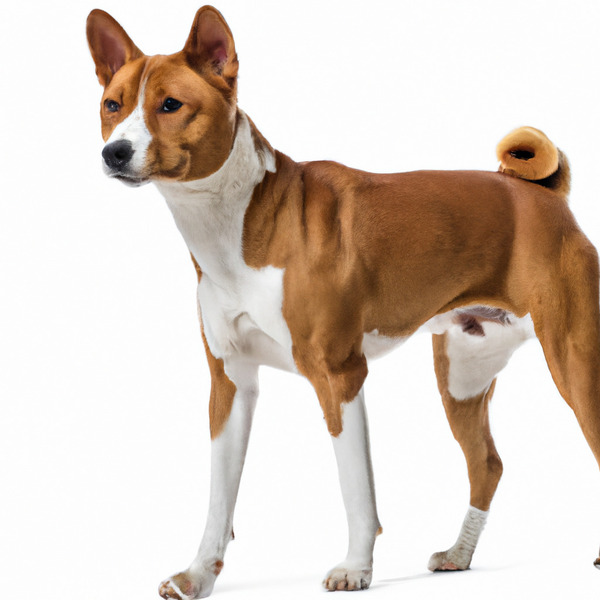Basenji vs. Dunker: Breed Differences and Similarities
Weight Gain Potential
Which breed eats more: Basenji or Dunker?
Basenji has average obesity risk, needs balanced diet, daily walks, and weight monitoring.
Dunker has average risk of obesity, needs daily walks and quality diet to maintain healthy weight.
Hypoallergenic
Are Basenjis or Dunkers hypoallergenic, or neither?
Unfortunately, neither Basenji nor Dunker are hypoallergenic, which may not make them the best choice for dog lovers who suffer from pet allergies.
Temperament
What are the personalities of Basenji and Dunker dogs?
Affectionate
Curious
Playful
Alert
Energetic
Intelligent
Calm
Spirited
Energetic
Friendly
Shedding Level
Do Basenjis shed more than Dunkers, or which breed sheds more, Basenjis or Dunkers?
Basenjis shed very little hair, making them a great choice for those who dislike excess hair in the house.
Dunkers shed a lot of hair each year, so frequent brushing is essential for reducing shedding and maintaining coat health.
Watchdog Ability
Which dog breed makes a better watchdog, the Basenji or Dunker?
Choose a Basenji if you want a top-notch watchdog. This breed takes guarding seriously, and may not require much training, though obedience or guard dog training can improve their skills.
Dunkers make excellent watchdogs - they're vocal and protective of their territory.
Origin
What is the origin of Basenji and Dunker dog breeds?
Central Africa (Zaire and the Congo)
Norway
Ancestry
What are the origins of Basenji and Dunker breeds?
African Bush Dog
Russian Harlequin Hound, Norwegian Scent Hounds
Date of Birth
When were Basenji and Dunker breeds first developed?
Ancient
19th Century
Breed Group
What is the Breed Group of Basenji and Dunker?
Hound (AKC:1943)
Sighthounds and Pariahs (UKC)
Scenthounds (UKC)
Eye Color Possibilites
What are the eye colors of Basenji and Dunker dogs?
Hazel
Brown
Amber
Blue
Hazel
Brown
Amber
Nose Color Possibilites
What are the natural nose colors of Basenji and Dunker?
Black
Brown
Black
Coat Color Possibilites
What are the natural colors of the coat for Basenji and Dunker breeds?
White
Black
Brindle
Red
Black
Blue
Fawn
White
Coat Length
What is the typical coat length for Basenji and Dunker breeds?
Basenjis have short coats.
Dunkers have medium-length coats.
Coat Density
What is the density of the coat of Basenji and Dunker?
Coat Texture
What is the hair texture of Basenji and Dunker?
Straight
Litter Size
What is the usual litter size for Basenji and Dunker?
Basenji and Dunker, can have a litter of 10-12 puppies each on average. Nonetheless, it's important to keep in mind that litter size can differ significantly between individual dogs. Various factors such as the mother's health, breeding history, and genetics can have an impact on litter size.
Adaptability
Basenjis have average adaptability to changes in lifestyle and living environments compared to other breeds.
Dunkers are known for their adaptability and can adjust well to different environments and lifestyle changes.
Health Issues
Between Basenji and Dunker, which breed is more prone to health problems?
While the Basenji breed is generally healthy, occasional vet check-ups are still necessary to address any health concerns.
Dunkers typically have low vet costs due to their good health, but it's important to monitor their health and seek vet care when necessary.
Major Concerns
What are the major health concerns for Basenji and Dunker breeds?
PRA
Fanconi Syndrome
Basenji Enteropathy
Deafness
Minor Concerns
What minor health issues should be kept in mind when owning Basenji and Dunker?
Persistent Pupillary Membranes (PPM)
Pyruvate Kinase (PK) Deficiency
Hip Dysplasia
Occasional Tests
What occasional tests are recommended for Basenji and Dunker breeds?
Eye
Dna Test For Pk
Fanconi Urine Test
Full Body Physical Examination
X-Rays
Eye Examination
Physical Examination
Ear Examination
Hearing Tests
Energy
How do the energy levels of Basenjis and Dunkers compare?
Basenji and Dunker breeds are high-energy dogs, thus an active lifestyle suits them well.
Social Needs
Basenji vs Dunker social needs comparison
Basenji has below average social needs and is content with spending time alone.
Dunker has above average social needs and thrives with interaction with humans and other dogs.
Exercise Needed
Basenji vs Dunker exercise need comparison.
The Basenji and Dunker breeds need significant physical activity to maintain a healthy lifestyle. They are well-suited for those who lead an active lifestyle and enjoy activities such as running, hiking, or other outdoor pursuits.
Sleeping Need
Which of the two sleeps the most/least: Basenji or Dunker?
Basenjis are active and require sufficient sleep to stay healthy.
Dunkers sleep less than other breeds but still need adequate sleep for good health.
Drooling Tendency
Which drools more/less, Basenji or Dunker?
Basenji has low drooling tendency, suitable for those who dislike drool marks.
Dunker is an average drooler, monitor for excessive drooling which may indicate health issues.
Tendency to Bark
Do Basenjis or Dunkers bark more/less frequently?
Basenjis are typically quiet and only bark when needed, such as to alert their owner or when in distress.
The Dunker is a vocal breed that frequently barks and howls, and may not be suitable for those seeking a quiet companion.
Territorial
Is the Basenji or Dunker a better guard dog?
While Basenji dogs can defend their territory or owners, it's not their primary trait, and they are not ideal guard dogs.
Dunker dogs have a strong protective nature and territorial instinct. They are highly vigilant and will fiercely defend their home and family.
Mouthiness
Mouthiness Comparison: Basenji vs Dunker?
Roaming urge
Basenji vs Labrador: Running away tendency?
Prey Drive
Basenji or Dunker - which breed has a higher level of prey drive?
Past times
What are some enjoyable activities and ways to keep Basenji and Dunker entertained?
Shake, Running, Sniffing, Cuddling, Destroying toys, Marking, Run, Play with Toys, Dog Parks, Walk, Being pet, Fetch, Smelling, Out, Catch treats, Play keep away, Play, Chase, Tracking, Eating Snacks, Walking, Mischif, Hiking, Lounging, Mountain biking, Off-leash, Fetch-ish, Trail running, Long hikes
Walking, Running
Activity Level
Which breed has higher energy, Basenjis or Dunkers?
Basenji and Dunker are high-energy dogs that require a lot of mental and physical exercise. Without proper stimulation and attention, these breeds can become problematic. If you're considering these breeds, be prepared to invest time and effort in their exercise and training.
Tolerance of being left alone
Walks per Week
How many miles should Basenji or Dunker walk each week?
There's really no limit to how far you walk your dog as long as they're comfortable. For Basenji, it's at least 15 miles / week. Just remember to build distance and stamina gradually over time.
There's really no limit to how far you walk your dog as long as they're comfortable. For Dunker, it's at least 14 miles / week. Just remember to build distance and stamina gradually over time.
Activity per Day
Do Basenjis or Dunkers require more exercise?
In general most Basenjis usually need at least 90 minutes of exercise daily. This can be spread across the day and include all sorts of high-energy activities, like walking, running and playing.
In general most Dunkers usually need at least 60 minutes of exercise daily. This can be spread across the day and include all sorts of high-energy activities, like walking, running and playing.
Grooming
Which breed is easier to maintain in terms of grooming, Basenjis or Dunkers?
The Basenji is a low-maintenance breed that doesn't require much grooming.
The Dunker has low grooming needs and is easy to maintain.
Brushing Frequency
What is the recommended brushing frequency for Basenji and Dunker dogs?
Basenji should be brushed at least once a week. Of course you can give them more frequent brushes if you find that they are still shedding a lot
Ideally, Dunker should be brushed at least 2 or 3 times a week (preferably daily) improve shedding.
Brushing Tools
What brushing tools are used for Basenjis and Dunkers?
Slicker Brush
Deshedder
Nail Clipper
Pin Brush
Nail Clipper
Cups
How much food should be given to Basenji or Dunker in cups?
Basenji and Dunker share the same recommended daily food intake of 2.5 cups, although the appropriate quantity may vary depending on the quality and nutritional content of their food.
Daily Cost
Which breed has a higher daily cost, Basenji or Dunker?
The average cost of a Basenji is somewhere $1.70 - $2.00 per day.
The average cost of a Dunker is somewhere $1.40 - $2.10 per day.
Monthly Cost
Which breed has a higher monthly cost, Basenji or Dunker?
The average per month expenses of a Basenji is between $48 - $63. This makes an average of $576 - $756 per year. It will be on the higher side when the dog is still small because it will need more frequent visits to the vet, shots.
The average per month expenses of a Dunker is between $42 - $63. This makes an average of $504 - $756 per year. It will be on the higher side when the dog is still small because it will need more frequent visits to the vet, shots.
Intelligence
Comparing Intelligence: Basenjis vs Dunkers
Basenji is an independent and stubborn breed with low obedience intelligence, making training a test of patience.
Dunker is a very intelligent and trainable breed.
Sensitivity Level
How do Basenji and Dunker compare in sensitivity?
Basenji and Dunker dogs have average emotions and are adaptable to different situations, not requiring extra care like sensitive breeds do.
Affection Dependance
Which is the more affectionate dog breed: Basenji vs Dunker?
Apartment Friendly
Which breed is more apartment-friendly: Basenji or Dunker?
It's not recommended to keep Basenji or Dunker in an apartment, but these breeds make good apartment dogs as long as they get to spend a good amount of time outside of the apartment. Dogs of these breeds living in apartments will need plenty of physical exercise and stimulation throughout the day to remain happy and well-behaved.
Child Friendly
Do Basenjis or Dunkers have a friendlier temperament towards children?
Basenji and Dunker are kid-friendly dogs. They are good with children and excellent dogs with children if they are socialized and trained at a young age.
Senior-friendly
Which dog is more suitable as a pet for the elderly - Basenji or Dunker?
Cat Friendly
Do Basenji or Dunker breeds have a better compatibility with cats?
Basenjis are somewhat cat friendly and can be trained to get along with cats.
Dunkers are good with cats, but early training is needed to prevent chasing behavior.
Dog Friendly
Which breed is more sociable with other dogs: Basenji or Dunker?
Basenjis are less friendly towards other dogs, but can improve with socialization.
Dunkers are friendly and active companions, and can be good family pets, though their friendliness towards other dogs may vary.
Pet friendly
How do Basenji or Dunker dogs interact with other pets?
Stranger Friendly
Which breed is more friendly with strangers: Basenji or Dunker?
Basenjis are quick to announce strangers and can be standoffish or suspicious.
Dunkers are friendly but may bark at strangers, and training is easy due to their intelligence.
Playfulness
Which breed is more playful between Basenji and Dunker?
Basenjis have an average level of playfulness, enjoying playtime like most dogs but not excessively so.
Dunkers are a playful breed that needs daily playtime to be happy.
Trainability
How do the trainability levels of Basenjis and Dunkers compare?
Basenjis are popular for their ease of training and quick learning ability.
Dunkers are usually easy to train but require consistency to fully obey commands.
Compare Basenji with other breeds
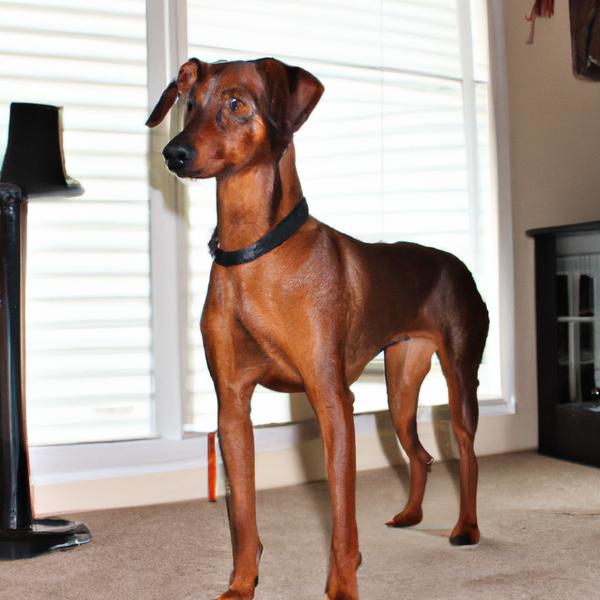
Patterbea
Basenji vs Patterbea
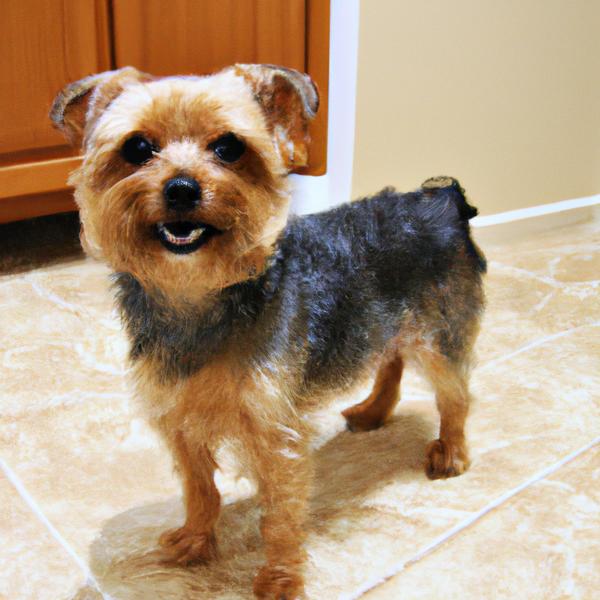
Yorkie-ton
Basenji vs Yorkie-ton
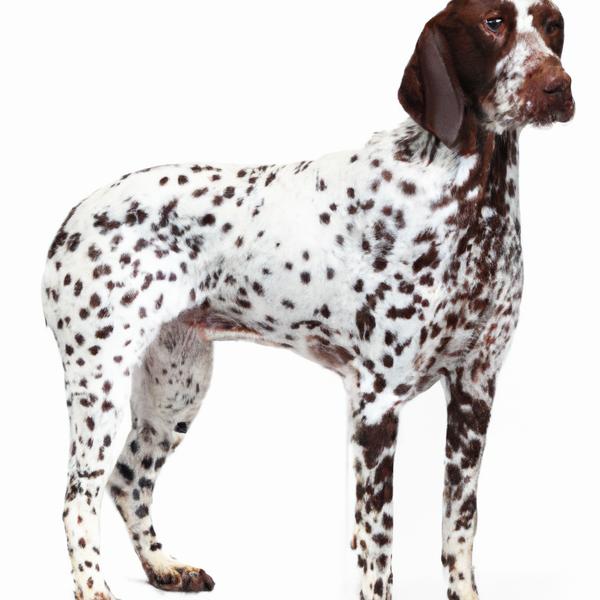
Pointollie
Basenji vs Pointollie
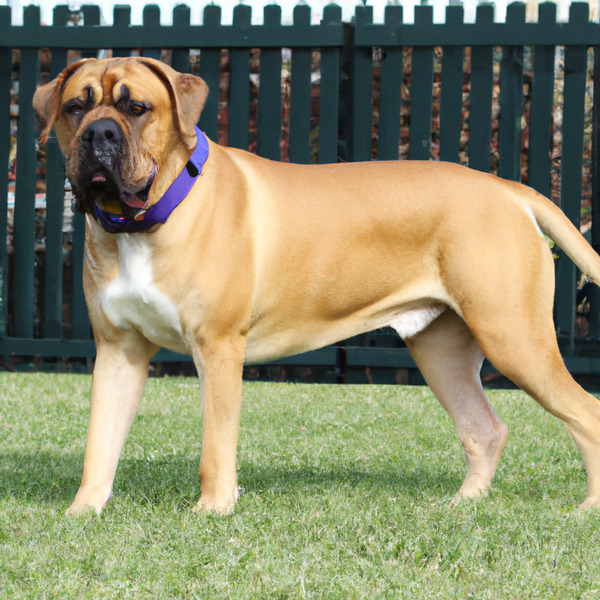
American Mastiff
Basenji vs American Mastiff
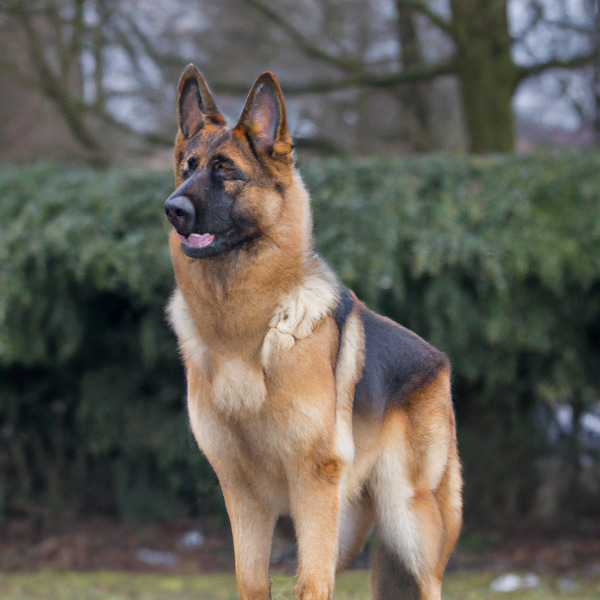
King Shepherd
Basenji vs King Shepherd

Japanese Terrier
Basenji vs Japanese Terrier
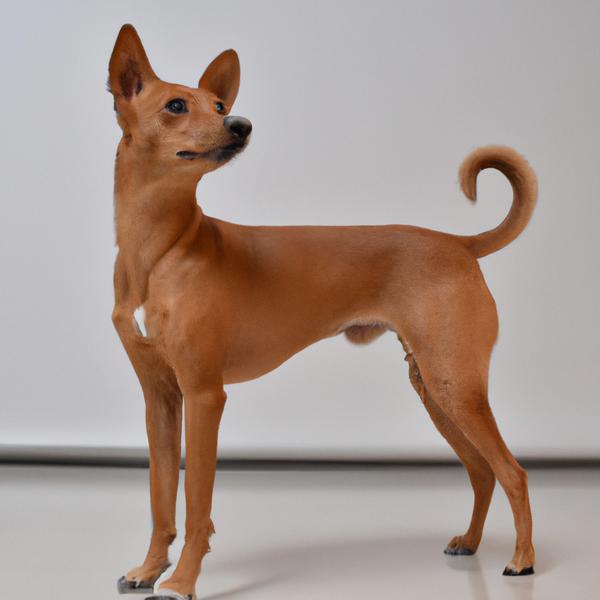
Smooth Chisoxy
Basenji vs Smooth Chisoxy
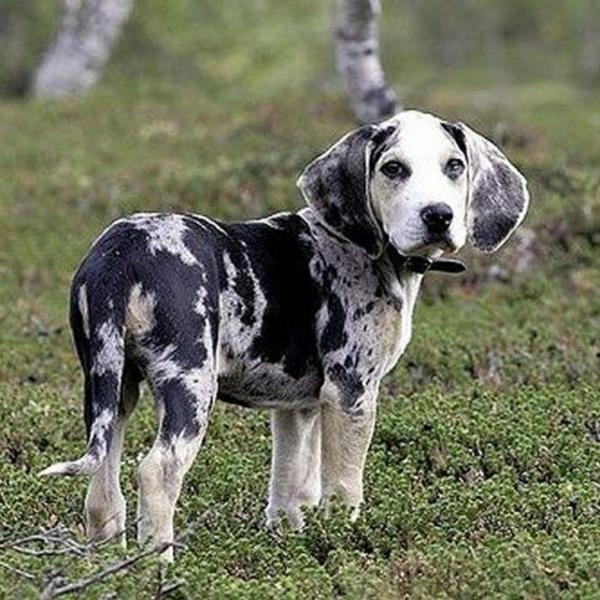
Dunker
Basenji vs Dunker

Wheagle
Basenji vs Wheagle
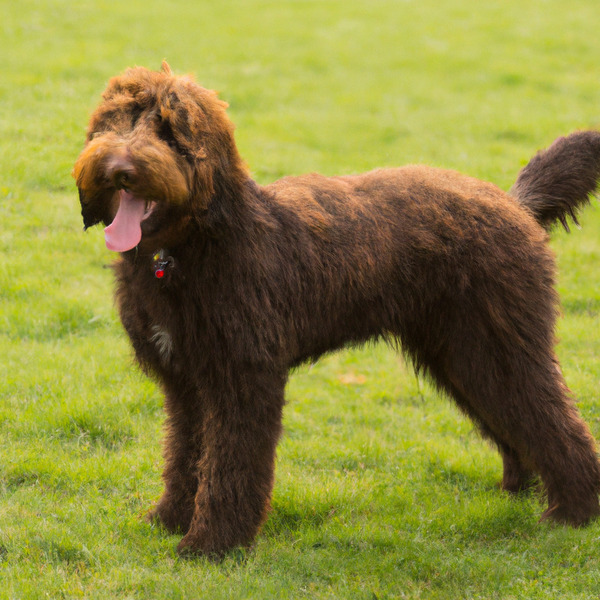
Labradoodle
Basenji vs Labradoodle

Labrakita
Basenji vs Labrakita

English Bulldog Terrier
Basenji vs English Bulldog Terrier
